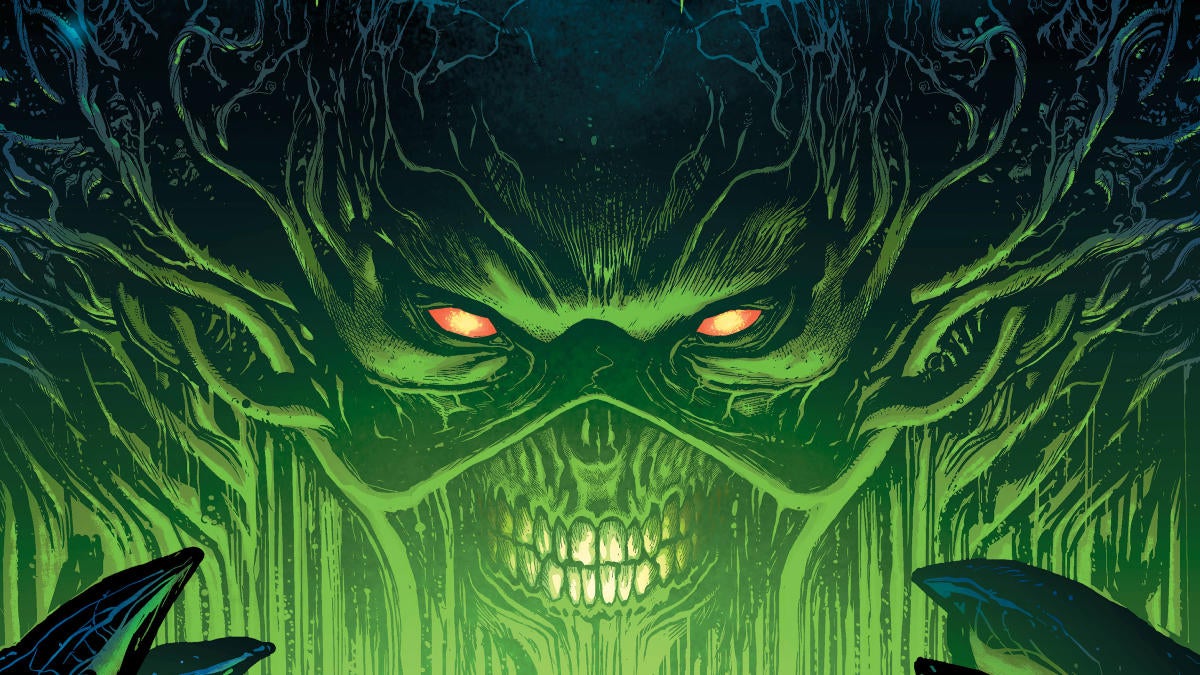In the early days of horror cinema, movies like Dracula, The Mummy, and The Invisible Man went the straightforward route in their titles, as they merely adopted the name of the creature at the forefront of the adventure. Released almost a decade before Universal Pictures established their roster of iconic monsters, German filmmaker F.W. Murnau unleashed Nosferatu: A Symphony of Horror on audiences, which has earned an all-new remake from Robert Eggers. Despite the 1922 Nosferatu being a seminal film in pop culture, one thing that your average moviegoer might not realize is that the name of the vampire isn’t, in fact, Nosferatu. In the original movie, Max Schreck played the ghoulish Count Orlok, while Bill Skarsgård is taking on the role for the new movie, which hits theaters on December 25th.
Videos by ComicBook.com
The movie itself was based on Bram Stoker’s Dracula, but with the movie being an unauthorized adaptation of the horror story, a handful of details were changed from the source material in hopes of avoiding any legal consequences. One of these changes was modifying “Count Dracula” to instead be “Count Orlok.” In addition to the name of the vampire in Nosferatu being different from Stoker’s book, the appearance of the figure is also quite different, as a key component of Count Dracula is that he appears human, utilizing seduction to coerce his victims, as opposed to Count Orlok looking quite monstrous.
[RELATED – Nosferatu Review: Gothic Horror at Its Finest]
Despite the vampire in Nosferatu not actually being named Nosferatu — or Dracula, for that matter — the title of the movie is lifted from the story. Some of the earliest uses of the word date back to the mid-19th century, in which the word “nosferatu” was used as another term for vampire, while other uses made it a synonym for “undead.” Other derivations of the word include “the insufferable one,” “the hateful one,” and “the unclean one” or “plague carrier.”
The 1922 Nosferatu is likely more inspired by the idea of being unclean or the idea of plagues, as those ideas tie directly into the events of the movie. When Orlok travels from his home in Transylvania to Germany, Orlok kills a number of victims, whereas Dracula turned victims into vampires themselves. The residents of the German town in Nosferatu blame these deaths on the rats that arrived in the village alongside the Count, claiming it was the plague they carried that was responsible for their deaths as opposed to Orlok killing them. In this sense, it’s possible that Nosferatu writer Henrik Galeen and Murnau were inspired by the origins of the word that implied a connection to disease as opposed to other interpretations.
While many horror fans will still debate about whether to call the undead monster created by Mary Shelley “Frankenstein” or “Frankenstein’s Monster,” the vampire in the original Nosferatu and the upcoming remake is definitively named Count Orlok. Complicating things a bit, however, is how director Werner Herzog named his main character in the 1979 Nosferatu the Vampyre “Count Dracula,” which only confused matters further.
Nosferatu lands in theaters on December 25th.
Are you looking forward to the new Nosferatu? Contact Patrick Cavanaugh directly on Twitter or on Instagram to talk all things Star Wars and horror!







